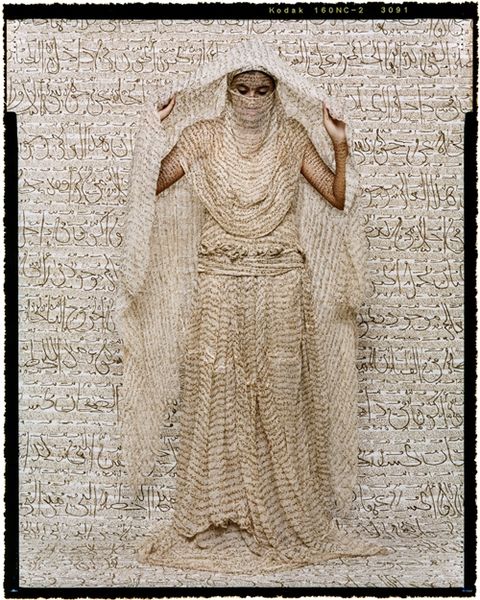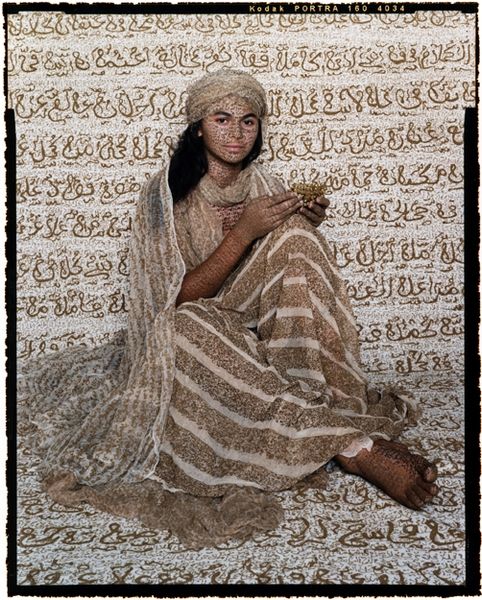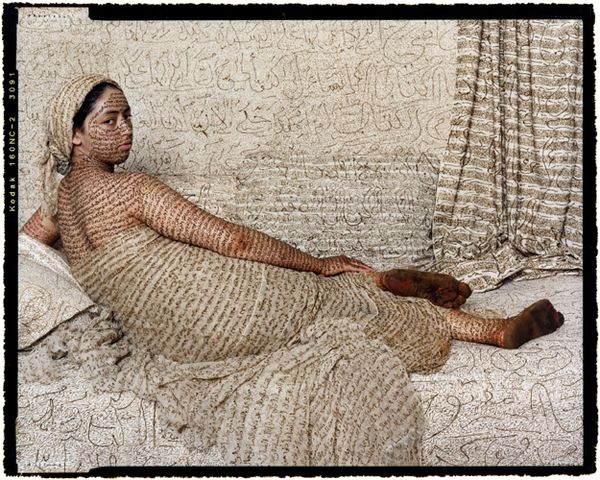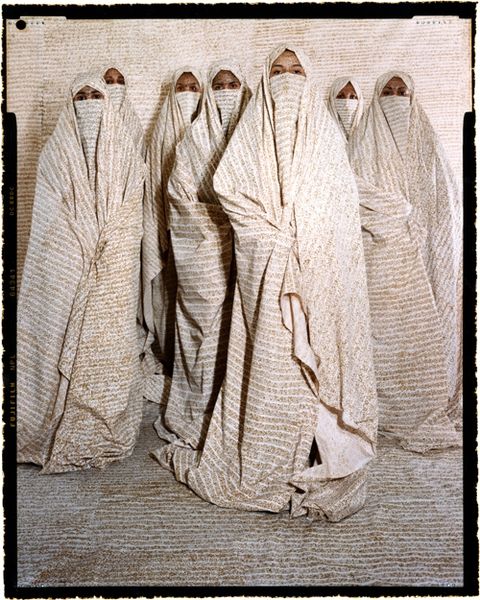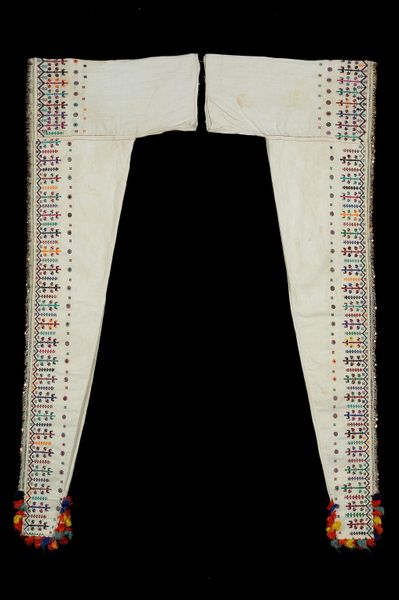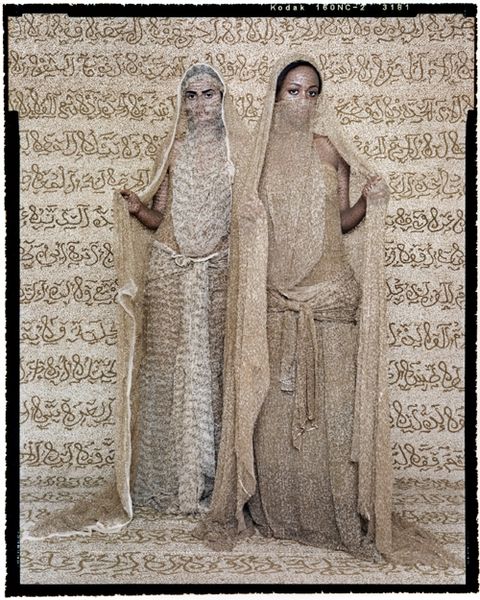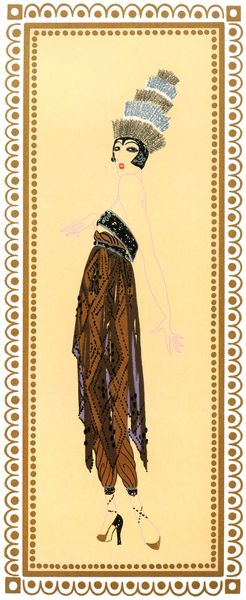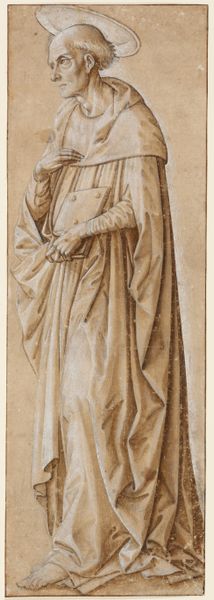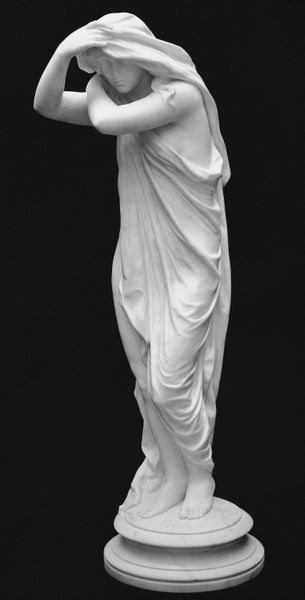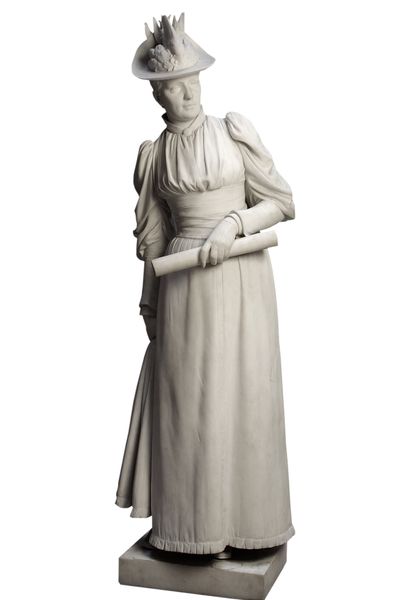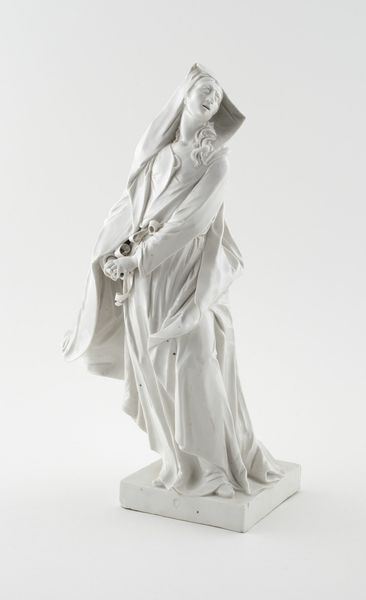
mixed-media, textile, photography
#
portrait
#
mixed-media
#
textile
#
photography
#
orientalism
#
islamic-art
#
identity-politics
#
decorative art
#
calligraphy
Copyright: Lalla Essaydi,Fair Use
Editor: Here we have Lalla Essaydi’s "Outdoor Gossip" from 2008, a mixed-media work incorporating photography and textile elements. What immediately strikes me is the almost complete merging of the figures with their environment. What do you see in this piece? Curator: It’s interesting you picked up on that merging, because Essaydi is deliberately playing with visual codes. Note the repeated use of calligraphy, not just on the backdrop but also adorning the women's garments. Knowing her work, this is far from decorative. What might it signify to you? Editor: Well, it definitely makes me think about visibility and voice. Are the women empowered by the calligraphy, perhaps using it to tell their own stories, or is it another layer of constraint, literally written all over them? Curator: Exactly! Essaydi, as a Moroccan artist working from a feminist perspective, often engages with Orientalist tropes. She uses the visual language historically employed to exoticize and often silence women of the Maghreb. Think Delacroix’s paintings, for instance, of harems. Editor: So, she's reclaiming that visual language? Curator: Precisely. By staging these photographs, often within traditionally female spaces and with women covered in calligraphy – a script historically dominated by men – she challenges those historical power dynamics. The “gossip” itself becomes subversive. Are they really just gossiping, or are they sharing something more politically charged? What do you think the textile medium brings to this critique? Editor: The textiles soften the harshness of the calligraphy, almost like a veil that protects them while simultaneously revealing them. I had not considered the reclaiming of orientalist language but that gives me another lens to consider. Curator: I agree! Thinking about the confluence of these ideas helps us appreciate the nuances of Essaydi’s perspective. It is not about passively viewing cultural forms but interrogating and repurposing those forms from the margins. Editor: This conversation has greatly changed how I initially understood this piece; I now appreciate Essaydi's visual intervention on Orientalist representation. Curator: Indeed, it makes you question how artworks from the Maghreb have been perceived in the past and continue to be seen.
Comments
No comments
Be the first to comment and join the conversation on the ultimate creative platform.
